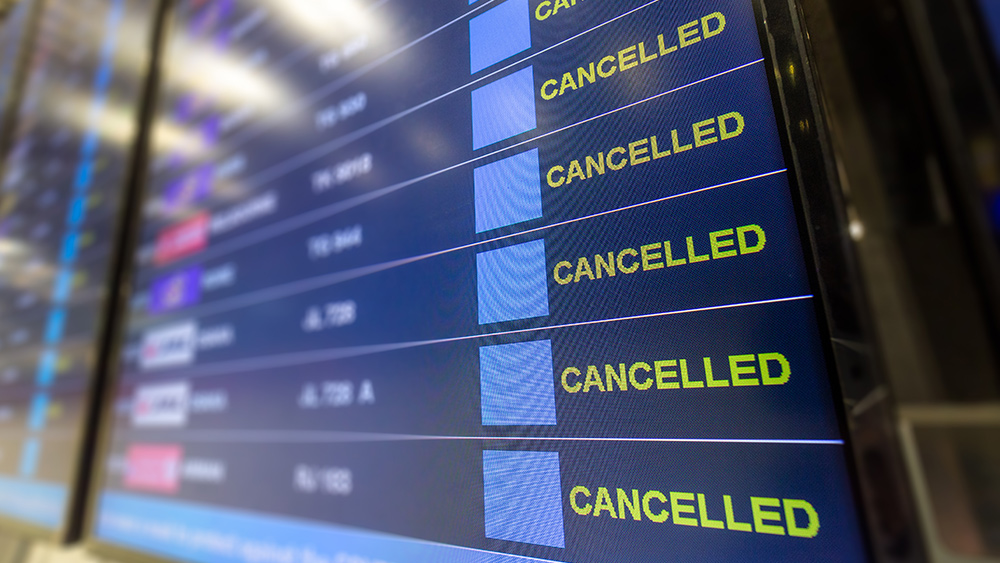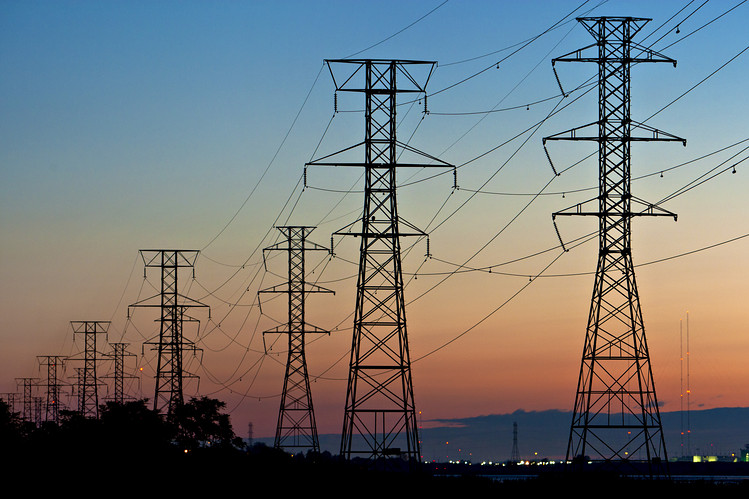India not turning away from Russian Urals crude even as discount to global benchmarks narrows
08/17/2023 / By Laura Harris

Indian buyers see no reason to turn away from Russian Urals crude even as the discount to global benchmarks narrows. They argue that similar-quality barrels from the Middle East remain more expensive.
In 2022, Russia became the leading supplier of crude due to affordable prices and good control of energy inflation.
Earlier this year, the discount between Russian crude and the Dubai benchmark stood at roughly $20 on a delivered basis. But recent reports from Argus Media Ltd. reveal that the discounts for Urals cargoes have now dropped to around $8. Still, at least for now, officials from major Indian refiners stayed firm with their commitment to purchasing Russia’s flagship Urals blend.
“The appeal of Russian crude remains strong due to its affordability compared to alternatives,” explained Samiran Chakraborty, chief economist for India at Citigroup Inc. Chakraborty stressed that as long as discounts continue to outweigh higher logistics costs, Indian refiners will likely continue to opt for Russian imports.
For instance, the average cost in June of Russian crude, including freight, was $68.17 per barrel – the lowest since the Ukrainian invasion. In contrast, shipments from Saudi Arabia averaged $81.78 per barrel.
Attack on Russian oil tanker doesn’t affect India
Sig, one of Russia’s largest oil tankers, was attacked by a maritime drone carrying a substantial payload of TNT from Ukraine. The attack created a hole in the engine room at the waterline and left the ship with 11 crew struggling to prevent water intake.
Russian authorities said there were no casualties and the tanker was not carrying oil at the time, but Ukrainian officials claimed that some crew members were injured and the vessel was transporting fuel for the Russian military.
The attack has prompted South Asian buyers to consider supply risks, but the agreement between India and Russia ensures that the costs of freight and insurance are covered by the crude sellers to provide stability and assurance to Indian refiners. (Related: Russia to increase oil supplies to India under new deal.)
Even as Urals crude prices exceeded the $60-a-barrel threshold set by Western nations to limit Moscow’s revenue, Indian processors have remained undeterred. Refinery officials pointed out that the consistent discounts offered by Russian crude are the primary driver of demand.
Vandana Hari, founder of Vanda Insights in Singapore, echoed this sentiment. “As long as there is any discount on Russian crude versus comparable grades on a landed basis, there will be demand for it in India,” Hari said.
While Russian crude import volumes have dipped from their record highs due to seasonal factors, such as the monsoon, analysts predict a rebound in demand. The combination of tight global supply and the attractive returns from refining crude oil justifies India’s preference for Russian Urals crude. Experts anticipate a sustained influx of Russian cargoes in India starting in October.
Learn more about the oil trade and energy crisis around the world at NewEnergyReport.com.
Watch this video to learn how the EU and G7 countries still buy oil from Russia despite sanctions.
More related stories:
China, India buying Russian crude at 40% discount compared to EU nations.
Russia to halt oil exports to nations that impose price cap on Russian crude.
IEA report: Nearly 80% of Russian crude oil has been rerouted from EU to China and India.
Russian oil still powers European vehicles, thanks to India’s refining capability.
Global fertilizer supplies continue to shrink as Russian exports vanish.
Sources include:
Submit a correction >>
Tagged Under:
big government, crude oil, economic riot, economy, energy crisis, energy supply, Europe, European Union, fuel supply, oil, oil exports, oil supply, oil trade, power, products, Russia, Russian oil, sanctions, supply chain, trade, World War III
This article may contain statements that reflect the opinion of the author
RECENT NEWS & ARTICLES
COPYRIGHT © 2017 POWER NEWS



















